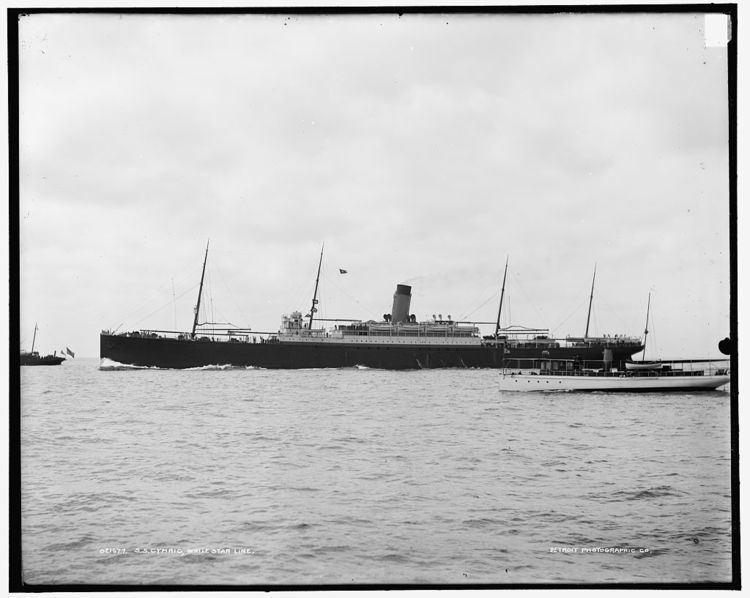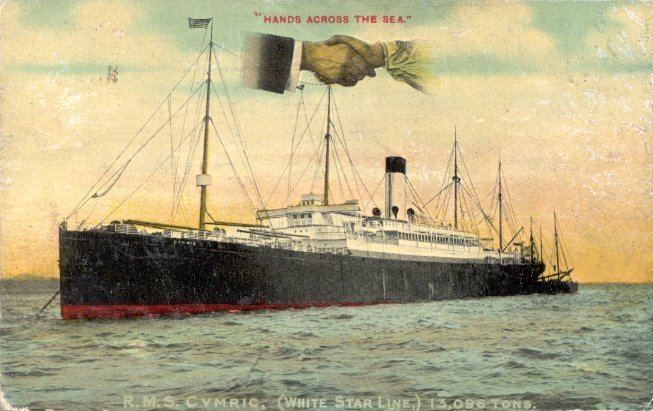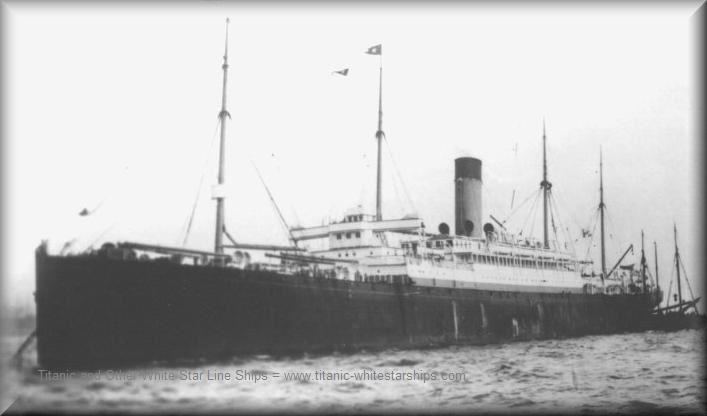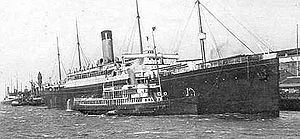Name SS Cymric Yard number 316 Maiden voyage 29 April 1898 Length 178 m Builder Harland and Wolff | Completed 5 February 1898 Launched 12 October 1897 Beam 20 m | |
 | ||
Titanic ss cymric steward story
SS Cymric was a steamship of the White Star Line built by Harland and Wolff in Belfast and launched on 12 October 1897. She had originally been designed as a combination passenger liner and livestock carrier, with accommodations for only First Class passengers. During the stages of her design layout, it became clearer to the designers at Harland and Wolff that combining passengers and livestock had become rather unpopular, so the spaces designated for cattle were reconfigured into Third Class accommodations. She departed Liverpool on her maiden voyage on 29 April 1898, arriving in New York City on 9 May 1898. She spent the first five years of her career on the White Star Line's main passenger service route between Liverpool and New York, until 1903 when she was transferred to the less traveled Liverpool-Boston route, which she sailed on for nine years before being returned to the Liverpool route in 1912.
Contents

War service

During both the Boer War and the First World War she was pressed into service as a troop and cargo transport. In 1914, Cymric transported British soldiers to France.

In August 1915, under the command of Captain Frank E. Beadnell, Cymric delivered 17,000 tons of ammunition from New York to Liverpool, one of the biggest shipment of such kind from the United States since the start of the war. She continued to shuttle between the Atlantic coast of the United States and Great Britain carrying cargo and passengers until her last voyage in April 1916.

On 29 April 1916, Cymric finished her loading in New York and sailed for Liverpool with 112 people on board including 5 or 6 passengers (sources vary) with captain Beadnell in command. On 8 May 1916, she was torpedoed three times 140 miles west-north-west off Fastnet Rock, Ireland by Walther Schwieger's U-20, which had sunk RMS Lusitania a year earlier. Torpedo explosion in the port side of her engine room instantly killed 4 crew members. Cymric sank the next day, altogether five lives were lost as one sailor fell into the sea during evacuation and drowned. Since all who died were British citizens, there were no international repurcassions. While the general location of her sinking is known, Cymric's wreck has not been located.

Between 1914 and 1918 about 50 large oceangoing passenger steamships converted to war purposes as floating hospitals and troop transports were sunk in the Atlantic by the German navy, and SS Cymric came to be the thirty-seventh in the list.

